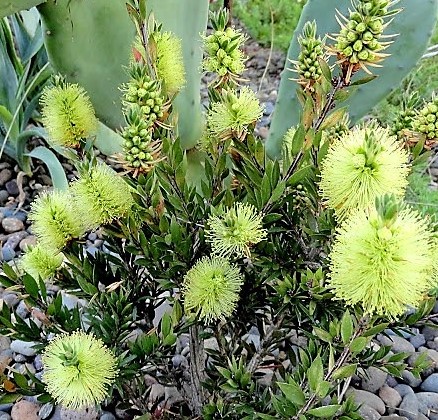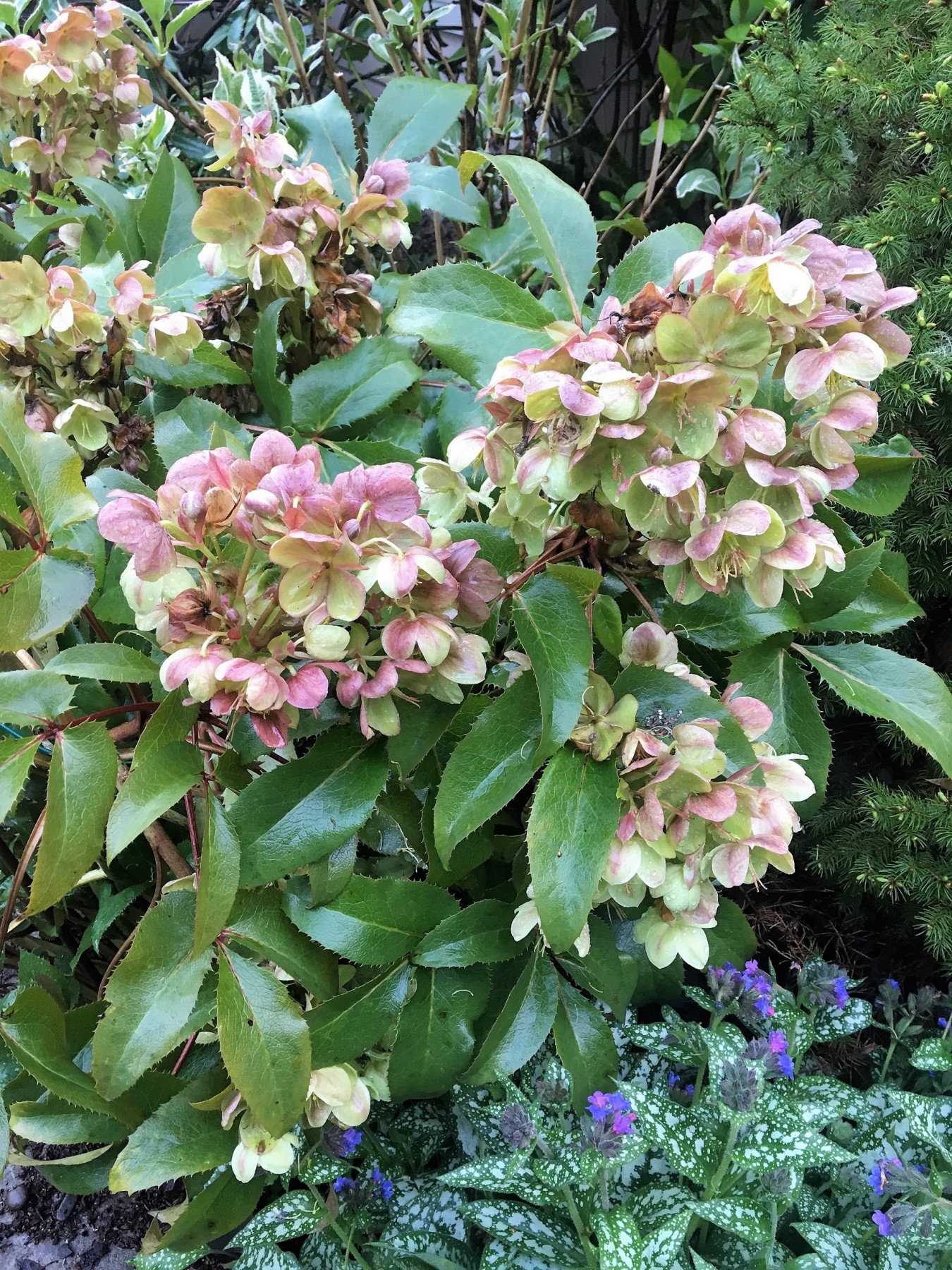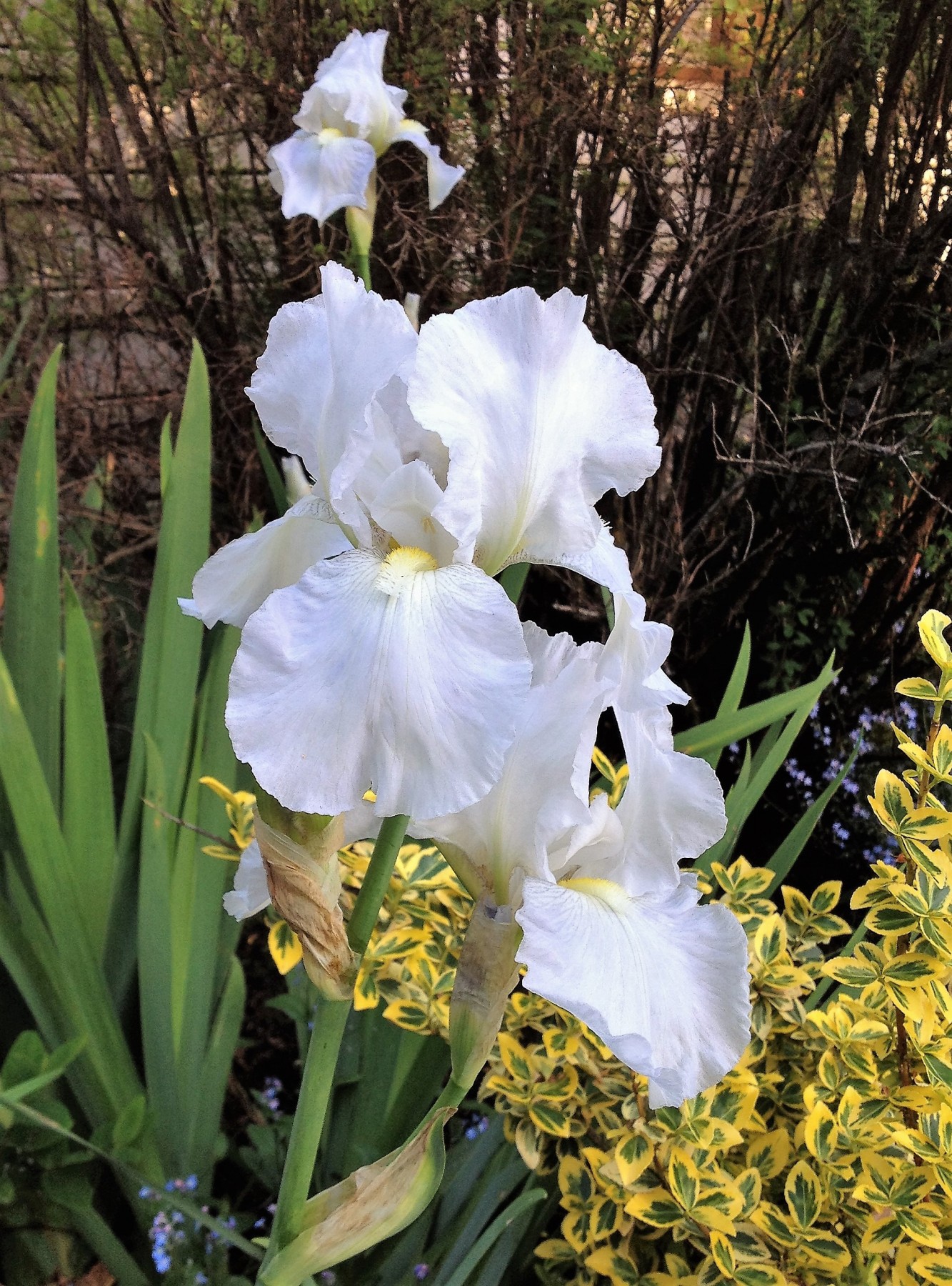
“Suit your plants to your soil, rather than creating soil to suit your plants.”
That’s what Paul Bonine tells me. He’s the co-owner of Xera Plants, in Portland, Oregon, and author of the upcoming Gardening in the Pacific Northwest—A Complete Homeowners Guide. The results of following his advice? We’d all experience less struggle, less work, and best of all, more success and satisfaction.
Don’t get him wrong. “Amending soil and mulching are invaluable practices—especially in areas with summer rainfall—for those plants that need a good start,” Paul says, citing roses and clematis. However, he adds, “It takes more energy to move compost, mulch, and water,”
So why not find plants happy with the conditions you have, rather than those that need extra water, food, and hauled-in soil amendments? He notes, “You can make a smaller, better footprint with plants adapted to the site.”
Observation – A Gardener’s First Job.

“Ninety percent of gardening is observation,” Paul tells me. “Pay close attention to what’s succeeding in your garden—and plant more of that.” Here are a few examples of his thinking.
Iris – If iris work well in your garden, Paul suggests looking for other relatives, such as hardy gladiolus, watsonia, and dierama, the angel’s fishing rod.
Digitalis – Paul considers foxgloves as deer hardy. “Nothing is deer proof, he observes. “If they don’t eat it, they’ll rut on it, or just pull it out of the ground.” But digitalis tolerates deer, heavy clay, and drought. So hunt for species, like willow-leaf Digitalis obscura, or hybrids like Xera’s D. x ‘Honey Trumpet’.
Hydrangea – “You’ll be amazed at what you find when you start looking through a genus,” says Paul. Even water-lovers like hydrangeas have less-thirsty cousins such as oak-leaf hydrangea, Hydrangea quercifolia.
Hellebore – Paul says the hybrid hellebores are excellent for many situations, but species like Corsican hellebore, Helleborus argutifolius, can tolerate a wider range of soil and light conditions.

Callistemon – Discover plants from around the world that grow in conditions similar to your garden. For instance, high-elevation Tasmanian bottle brush, Callistemon veridiflorus, meets the Zone 7 hardiness requirements for my Pacific Northwest garden. Hybrid C. ‘Xera Compact’ is a heavy-flowering, small shrub, 3 x 2 feet. In colder climates, this one’s an easy-care candidate for a winter greenhouse.
Killing Plants – Part of the Game
“I’ve killed a lot of stuff—that’s a way of life,” Paul says. “It may be your fault; it may not be your fault. Rip it out. You’re wasting your money on chemicals. For the most part, if your plant is happy and adapted to your conditions, it doesn’t need anything.”










